 Sources of Flooding
Sources of Flooding
What types of “water leaking situations” can cause flooding to a building?
The most common flood damage San Diego scenarios include: plumbing leaks, worn out roofing, poor weather, backup due to landscape changes, and lack of maintenance of heating and AC systems.
Other types of situations that can cause a ‘flood’ to occur in your home are broken fish tanks, waterbeds leaking, washing machine lines breaking, critters that eat through refrigeration lines to automatic ice makers, windows and skylights that have broken seals thus letting rain water in, and even main lines that run water into your home that have an incoming water pressure that is too high.
Plumbing leaks are most commonly found in dishwashers, sink disposal units, toilets, sinks, water heaters, showers, and tubs. Check each of these appliances periodically to prevent any leakage or potential flooding. The damage caused by undetected leaks can often result in expensive repair costs.
Roofs do not last forever. Overtime, roofs may accumulate cracks or holes in their foundation, which can lead to some serious water damage. Shingles that need to be replaced tend to curl and crack, allowing moisture enter a home. Those of you with flat roofs or roofs with a low pitch are the most susceptible to water damage. These roofs are much more likely to sink in due to a less efficient draining system that can lead to heavy water build-up and flooding.
Flooding from Storms
Although inclement weather is a phenomenon we cannot control, it is the number one leading cause to water damage to San Diego homes during the winter season. It is heavy rainfall that leads to flooding, and heavy flooding leads to costly need for flood restoration. Buildup of rainwater can accumulate along the foundation wall of a home or building as well as beneath the structure’s floor. If left untreated, such buildup could lead to major water damage coupled with the growth of mold and/or rust.
Water backup can occur once landscape changes have been made. Always make sure that water flows away from your foundation, rather than towards it. Even automatic sprinklers that spray too close (or on) your foundation walls can allow water to seep into the walls of your home resulting in costly repairs down the road.
Fish tanks can be as small as 2.5 gallons and can even be seen inside homes as big as 300 gallons or more. If you have a fish tank that is at least 10 gallons, and if it is placed near wood counters or by drywall, should that tank break and leak down to the floor or against the wall, you should call us.
Water is very powerful and can work its way into crevices, cracks, wall joints, under base boards- and become absorbed by the drywall. You may do your best to wipe up that 10 gallon spill, but depending on how long the water was standing, it could already be spread into and under the materials used to build your home. Left untreated, that water can start to create the conditions that cause mold growth.
Please feel free to contact our office at (888)373-9243 with any questions regarding water damage to your home. One of our knowledgeable technicians will be happy to help you and get you pointed in the right direction. If you’ve had any kind of water spillage- and you are unsure if you need our services, simply call and ask. We are here to help!
Serving San Diego and San Diego County for over 30 years with quality work and great service. We also service these cities – Chula Vista, El Cajon, La Mesa, Spring Valley, and Lakeside. Poway, Ramona, Alpine, Julian, Santee, Coronado, Imperial Beach, Pacific Beach, La Jolla, University City, Tierrasanta, Rancho Penasquitos, Rancho Bernardo, Rancho Santa Fe, Encinitas, Del Mar, Solana Beach, Leucadia, Sorrento Valley, Miramar, Mira Mesa, Scripps Ranch, Vista, Carlsbad, Oceanside, San Marcos, Lemon Grove, Bonita, Valley Center, Borrego Springs, Escondido, Fairbanks Ranch, Rancho San Diego 4S Ranch, Sabre Springs and Pine Valley.

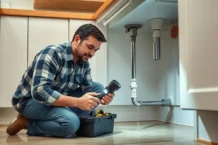
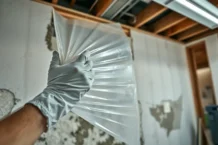
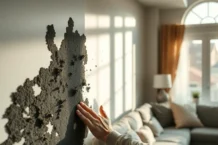

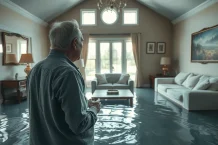
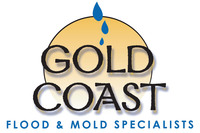


Follow Us!